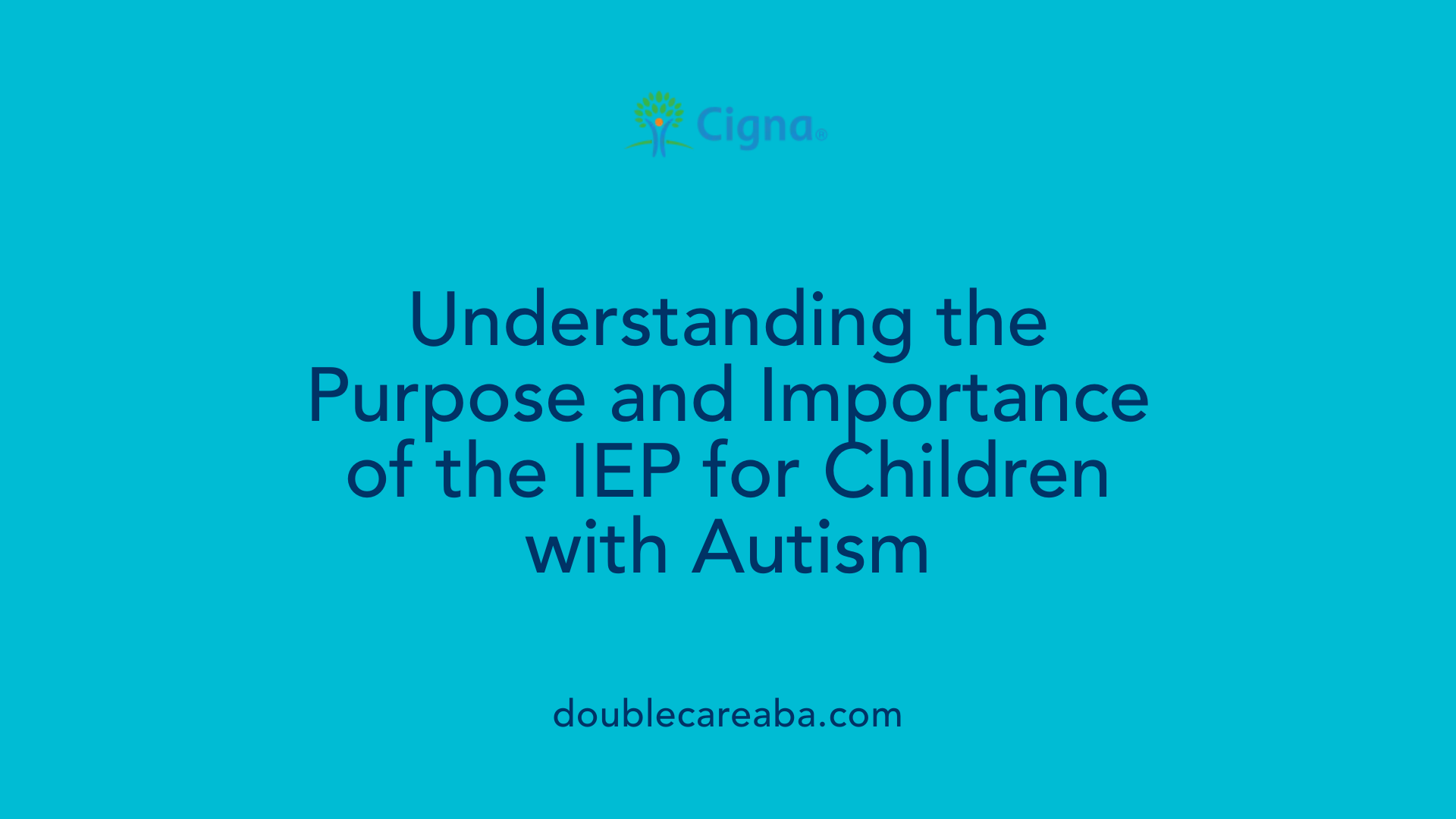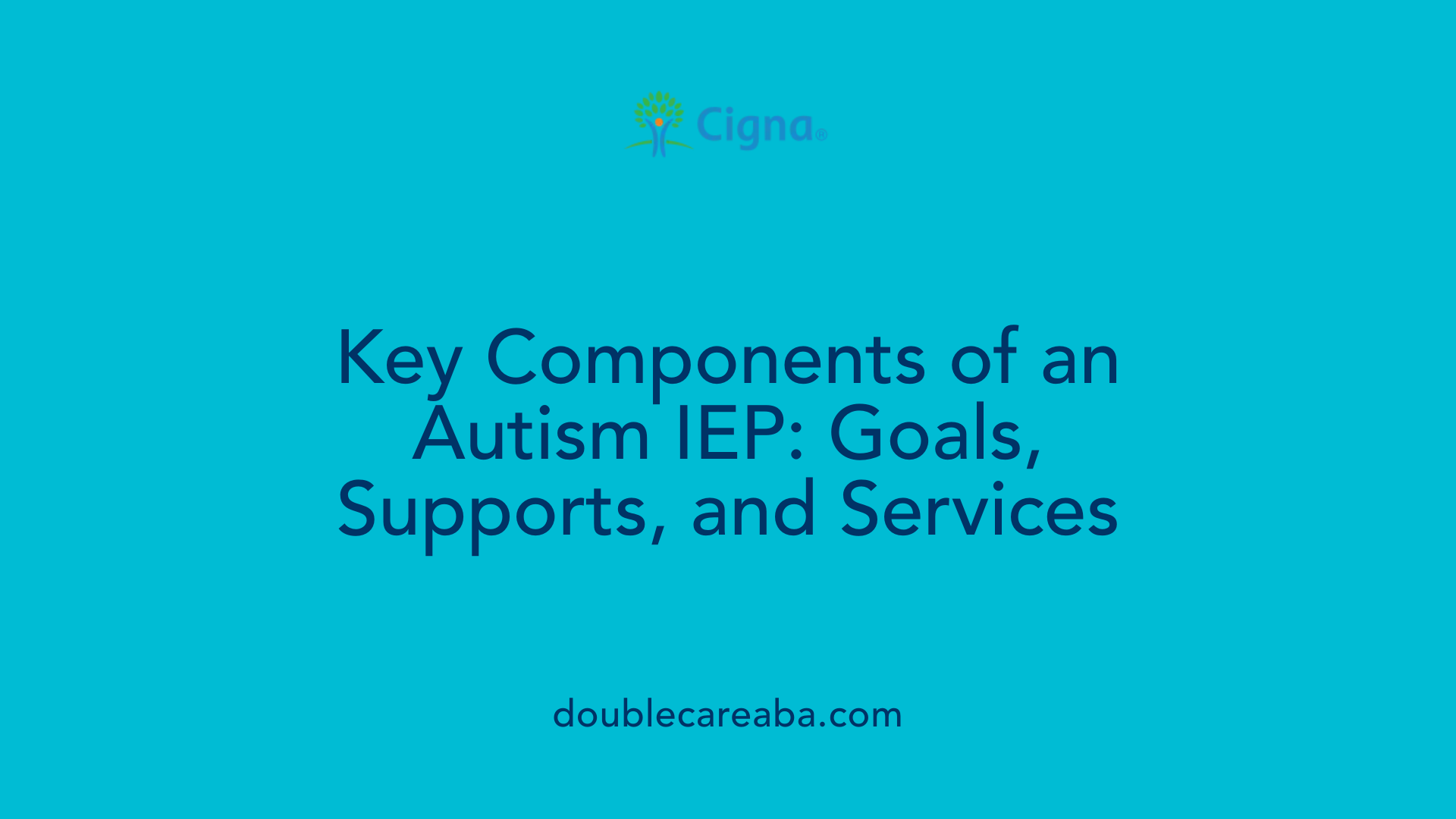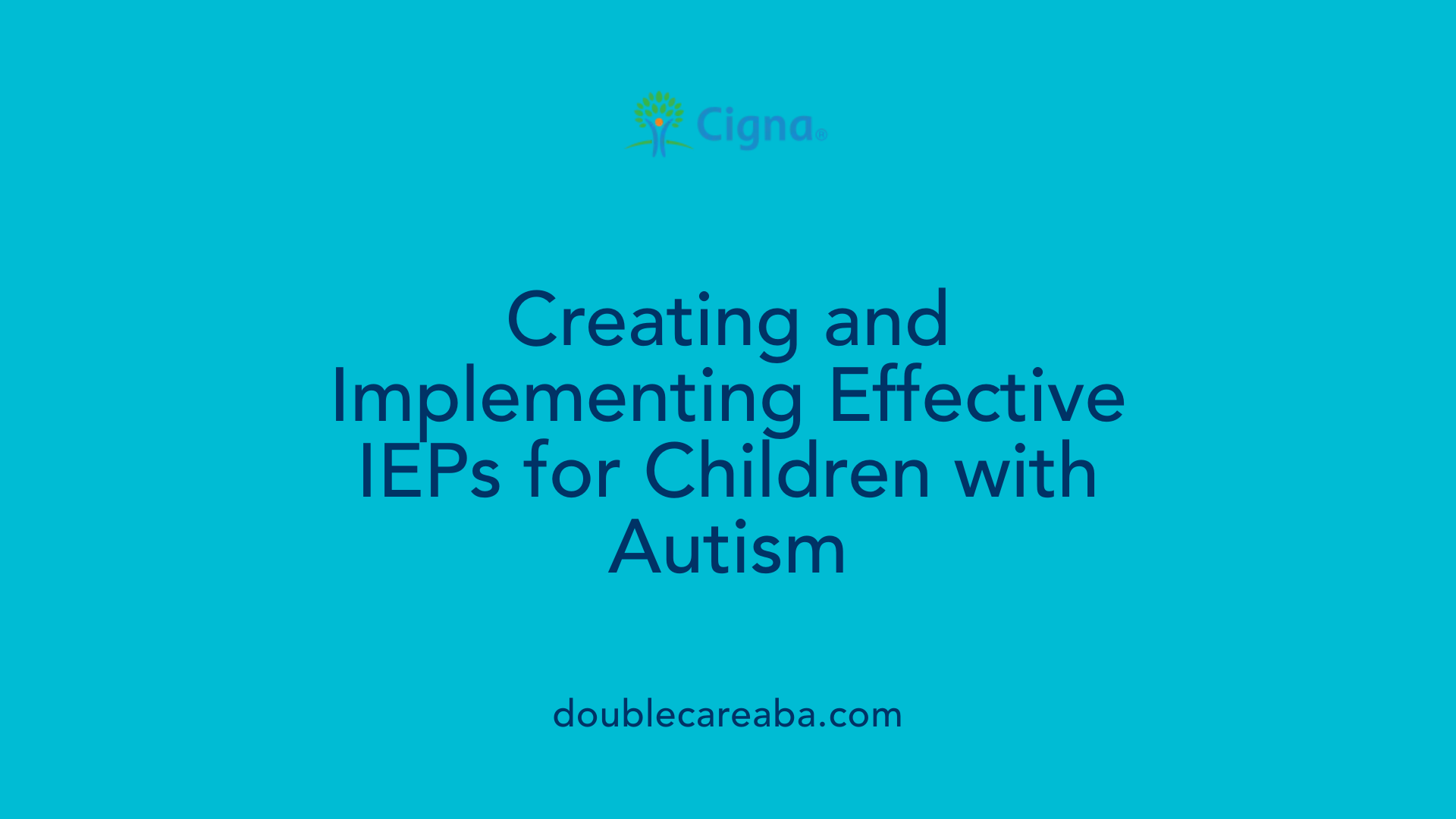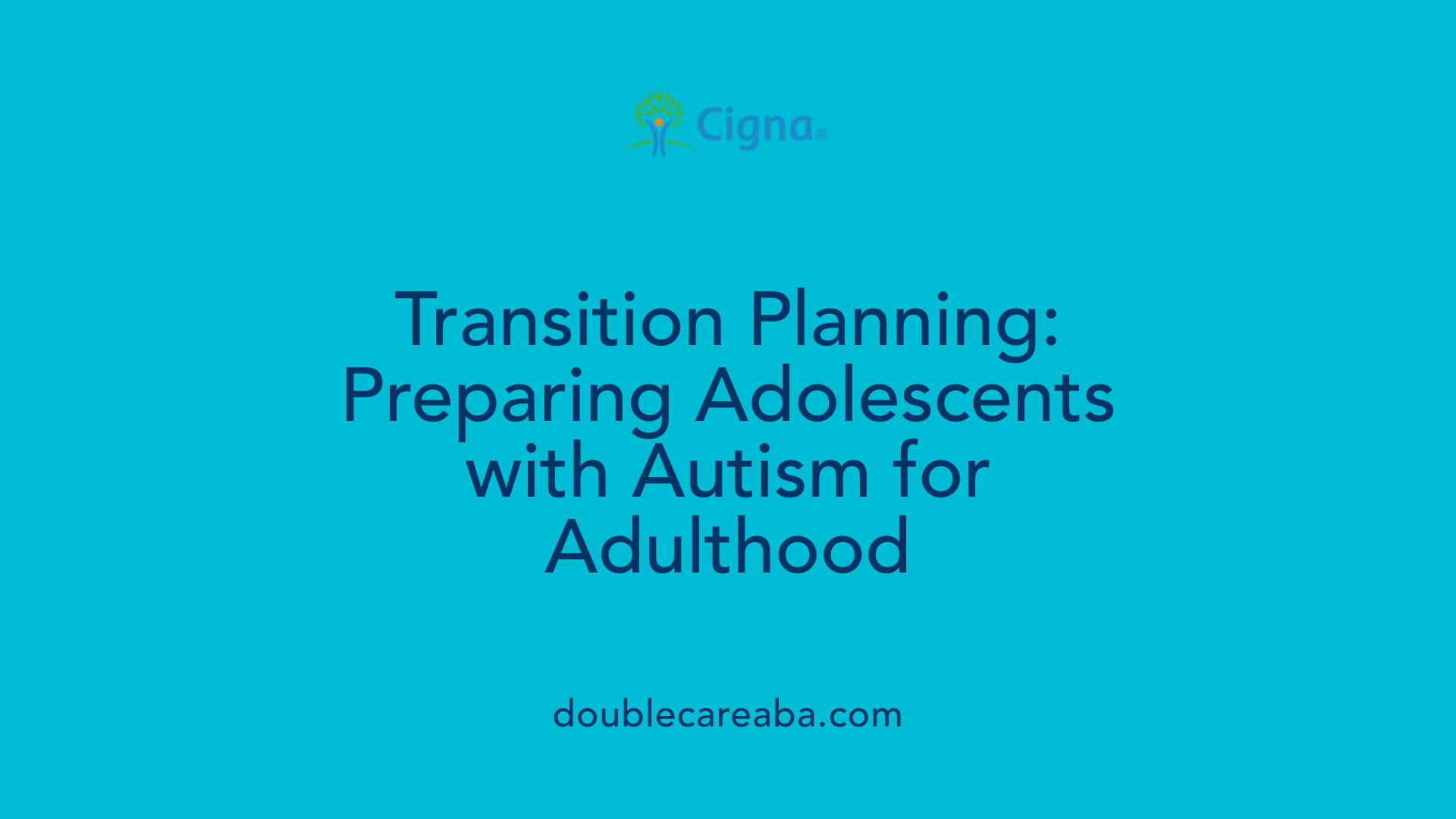Understanding the Foundation of Personalized Education Support
Individualized Education Programs (IEPs) play a crucial role in supporting students with autism by creating tailored educational plans that address their specific needs. These legally binding documents serve as a roadmap to guide educators, service providers, and families in fostering the child's development, communication, and academic success. This article explores the essentials of IEPs for autism, from their purpose and components to the legal rights that underpin them, as well as strategies for advocacy and transition planning for adolescents.
Defining the IEP and Its Purpose for Children with Autism

What is an Individualized Education Program (IEP) and what is its purpose for children with autism?
An IEP, short for Individualized Education Program, is a personalized and legally binding plan tailored specifically for children with autism. It provides a detailed roadmap of the educational goals, needed services, and necessary accommodations to support each child's unique learning journey.
The main purpose of an IEP is to ensure that children with autism receive appropriate educational support that meets their individual needs. These needs often include challenges with social communication, behavioral issues, and other developmental concerns. The IEP helps educators and service providers coordinate their efforts in delivering targeted interventions such as speech therapy, occupational therapy, behavioral support, and specialized instruction.
Developed collaboratively, the IEP involves parents, teachers, school psychologists, and other specialists. It starts with thorough assessments to understand the child's current skills and challenges. Based on this information, the team sets clear, measurable goals for the child's academic progress, communication, social skills, and behavioral improvements.
This document also specifies the types of support services the child will receive, whether in general education classrooms, specialized settings, or a combination. It clearly outlines any necessary adaptations, like assistive technology or classroom modifications, to create an inclusive learning environment.
Regular reviews—at least once a year—are part of the process, allowing the team to assess progress and make adjustments as needed. The overarching aim of an IEP is to promote growth and success, ensuring children with autism can access a free, appropriate public education in the least restrictive environment possible.
In essence, the IEP not only guides educators but also empowers parents by involving them in decisions and advocating for their child's best interests. It serves as a vital tool that helps turn educational challenges into opportunities for development and achievement.
Key Components and Focus Areas within an IEP for Autism

What are the key components included in an IEP for a child with autism?
A well-structured IEP for a child with autism begins with a detailed assessment that identifies the child's current abilities and needs. This includes evaluation results, often summarized as present levels of academic achievement and functional performance (PLAAFP), which serve as a foundation for developing tailored goals.
The plan sets clear, measurable annual goals that target areas such as academic knowledge, communication skills, social interactions, and behavior. These goals are formulated using SMART criteria—Specific, Measurable, Achievable, Relevant, and Time-bound—to facilitate progress tracking.
Support services form a central part of the IEP. This includes specialized instruction and related services like speech therapy, occupational therapy, behavioral interventions, and counseling. The document also specifies accommodations and modifications—adjustments to classroom activities, assessments, or materials—to enable the student to access the general education curriculum.
Behavior management strategies are often incorporated to support positive behavior. This can involve behavior intervention plans (BIP) and functional behavior assessments (FBA) to identify triggers and develop effective strategies.
For adolescents, transition planning starts at age 14 or earlier, focusing on post-school outcomes, such as further education, employment, or independent living. The plan involves collaborating with family and service providers to prepare the student for life after high school.
The IEP also details the educational placement, emphasizing the least restrictive environment (LRE), and outlines methods for regular progress monitoring. The goal is to review, update, and adapt the plan annually or more frequently if needed, to ensure it continues to meet the child's evolving needs.
Determining Eligibility for an Autism IEP
How are eligibility and qualification determined for an IEP in cases of autism?
Eligibility and qualification for an Individualized Education Program (IEP) for students with autism involve a detailed and collaborative process. It begins with a formal diagnosis of Autism Spectrum Disorder (ASD), typically made by a qualified healthcare professional using established criteria such as the DSM-5. This diagnosis confirms the presence of autism but does not automatically guarantee access to special education services.
The school team, comprised of educators, specialists, and importantly, the child's parents or guardians, reviews a comprehensive set of assessments and evaluation data. These assessments can include psychological testing, developmental evaluations, academic performance records, and behavioral observations. The goal is to understand the child's individual needs, strengths, and the ways autism impacts their learning and social participation in the school environment.
During an eligibility review, the team considers whether the child's autism significantly affects their educational performance and whether they require specialized instruction, related services like speech or occupational therapy, or accommodations beyond what general education provides. If the team determines that the child's autism is substantially limiting their access to the curriculum or their ability to learn effectively, they will develop an IEP tailored to meet these needs.
This decision is supported by a multidisciplinary review process that considers medical, developmental, psychological, and educational data. Both professional opinions and parental insights are vital in this process to ensure the child's unique needs are accurately identified and addressed. Once eligibility is established, the team proceeds to craft an IEP that sets personalized goals and outlines specific services and supports.
In essence, the process emphasizes a combination of clinical diagnosis and educational assessment, with the collaborative input of all involved parties, to determine if a student with autism needs an IEP to succeed in their educational environment.
Further information can be gathered through searches using the query: "Process for determining autism diagnosis and IEP eligibility."
The Creation, Development, and Implementation of IEPs

What is the process for creating, developing, and implementing an IEP for children and adolescents with autism?
Creating an Individualized Education Program (IEP) for students with autism involves several careful steps to ensure the child's educational and developmental needs are fully addressed. The process starts with comprehensive assessments to understand the child's current performance levels across academics, social skills, communication, and behavior.
Following evaluations, a team that includes parents, teachers, school psychologists, and other specialists convenes for an initial meeting. During this meeting, they collaboratively set measurable, achievable goals tailored to the child's strengths and needs. These goals may focus on improving social communication, academic skills, behavioral challenges, and functional life skills.
The IEP details specific services and supports required, such as speech therapy, occupational therapy, behavioral interventions like Applied Behavior Analysis (ABA), and accommodations like visual supports or assistive technology. It also covers classroom placement choices, ensuring the least restrictive environment suitable for the student.
As the student approaches adolescence, transition planning is incorporated into the IEP, targeting post-secondary goals, including higher education, vocational training, employment, and independent living.
Once developed, the IEP is formally implemented at the start of the school year or upon eligibility determination. Progress toward goals is continuously monitored, with formal reviews at least once annually. These reviews provide opportunities to update and revise the IEP, responding to the child's changing needs.
Throughout the process, legal protections grant parents the right to participate fully, access evaluations, and dispute or request modifications to the IEP if progress is not satisfactory. This ongoing, collaborative cycle ensures that children with autism receive a personalized, effective educational experience tailored to support their growth and success.
Legal Rights and Regulations Protecting Children with Autism in Education
What legal rights and laws protect the educational needs of children with autism and their access to IEPs?
Federal laws, especially the Individuals with Disabilities Education Act (IDEA), establish important protections for students with autism. This legislation guarantees access to free and appropriate public education (FAPE) that addresses the individual needs of each child. Under IDEA, children diagnosed with autism are entitled to specific services such as early intervention programs and tailored special education services.
One core principle of IDEA is the Least Restrictive Environment (LRE), which encourages placing students with disabilities alongside their typically developing peers whenever possible. This promotes inclusion and social integration.
Parents and guardians play a crucial role in this process. They are recognized as full partners, with rights to be involved in every stage of the IEP development—such as evaluations, goal setting, and annual reviews. Parents also have the right to access all evaluation reports and to challenge or dispute decisions through procedure safeguards and due process hearings.
Legislation also emphasizes the necessity of obtaining parental consent prior to evaluations and before providing related services or interventions. Schools are responsible for safeguarding privacy of records and ensuring that any placement or service decision is made fairly.
Overall, these laws aim to promote equitable access, personalized support, and inclusive learning environments for children with autism. They empower parents, protect student rights, and ensure schools deliver educational programs that foster development and inclusion.
Advocacy Strategies for Parents, Caregivers, and Educators
What strategies can parents and educators use to advocate effectively for an effective IEP for a child with autism?
Advocacy requires a proactive and informed approach. Parents should begin by thoroughly understanding their child's specific needs, including social, behavioral, and academic challenges. This involves reviewing evaluation reports, listening carefully during IEP meetings, and preparing questions or concerns beforehand.
Effective communication is vital. Parents and educators should share clear, respectful, and detailed information about the child's strengths and areas needing support. Asking for accommodations like interpreters or additional team members ensures that all perspectives are considered, fostering a comprehensive plan.
Documentation plays a crucial role. Maintaining detailed records of meetings, agreements, and progress helps protect parents' rights and ensures transparency. It also provides a reference point for reviewing goals and services or disputing any disagreements.
Understanding legal rights and procedural safeguards empowers parents. Being familiar with IDEA and other laws ensures that they can advocate for their child's access to services and participate fully in decision-making.
A collaborative approach involves working respectfully with the IEP team, including teachers, specialists, and school administrators. Preparing for meetings, studying relevant laws, and actively participating help create a tailored and effective educational plan.
By combining knowledge, respectful communication, detailed documentation, and teamwork, parents and educators can advocate confidently. Their efforts lead to IEPs that truly meet the child's unique needs, promoting growth and success in school.
Transition Planning and Support for Adolescents with Autism

How does transition planning work within IEPs for adolescents with autism to support their progress to adulthood?
Transition planning in IEPs is a crucial component for older students with autism, focusing on preparing them for life after school. Starting as early as age 16, the process involves creating personalized goals that address post-secondary education, employment, independent living, and community involvement.
These goals are designed to be SMART—specific, measurable, achievable, relevant, and time-bound—to ensure clarity and direction. The plan is tailored to each student's strengths, interests, and preferences, aiming to foster independence and success beyond the classroom.
A vital part of transition planning is coordinating various services and resources. This includes vocational training, mental health support, and assistance from outside agencies such as Vocational Rehabilitation and college support services. These collaborations help bridge the gap between school programs and adult services.
Regular reviews and updates are essential to keep the transition plan aligned with the student’s changing needs and aspirations. Families, students, educators, and outside providers participate actively in these reviews, ensuring the plan remains relevant and effective.
Overall, effective transition planning within IEPs empowers adolescents with autism to navigate adulthood confidently, promoting successful integration into their communities and achieving greater independence.
Empowering Families and Educators for Better Outcomes
Ensuring effective, personalized education for children with autism through IEPs requires a strong partnership among families, educators, and professionals. Understanding the legal rights, key components, and development processes of IEPs can empower parents and teachers to advocate effectively and support the child's growth. Transition planning is vital to help adolescents prepare for adulthood, emphasizing independence and community integration. With ongoing review, collaboration, and access to resources, IEPs can significantly enhance educational experiences and life opportunities for children on the autism spectrum.
References
- Understanding the IEP for Children with Autism
- Guide to Individualized Education Programs (IEP) - Autism Speaks
- Individualized Education Programs (IEPs) | Nemours KidsHealth
- A Guide to IEPs for Autism - One size does not fit all
- Individualized Education Programs and Transition Planning for ...
- Individualized Education Programs and Transition Planning for ...
- Autism in schools: Your child's rights
- A Guide to Navigating Individualized Education Programs (IEPs) for ...
- Individualized Education Programs for ASD: What Parents Need to ...














